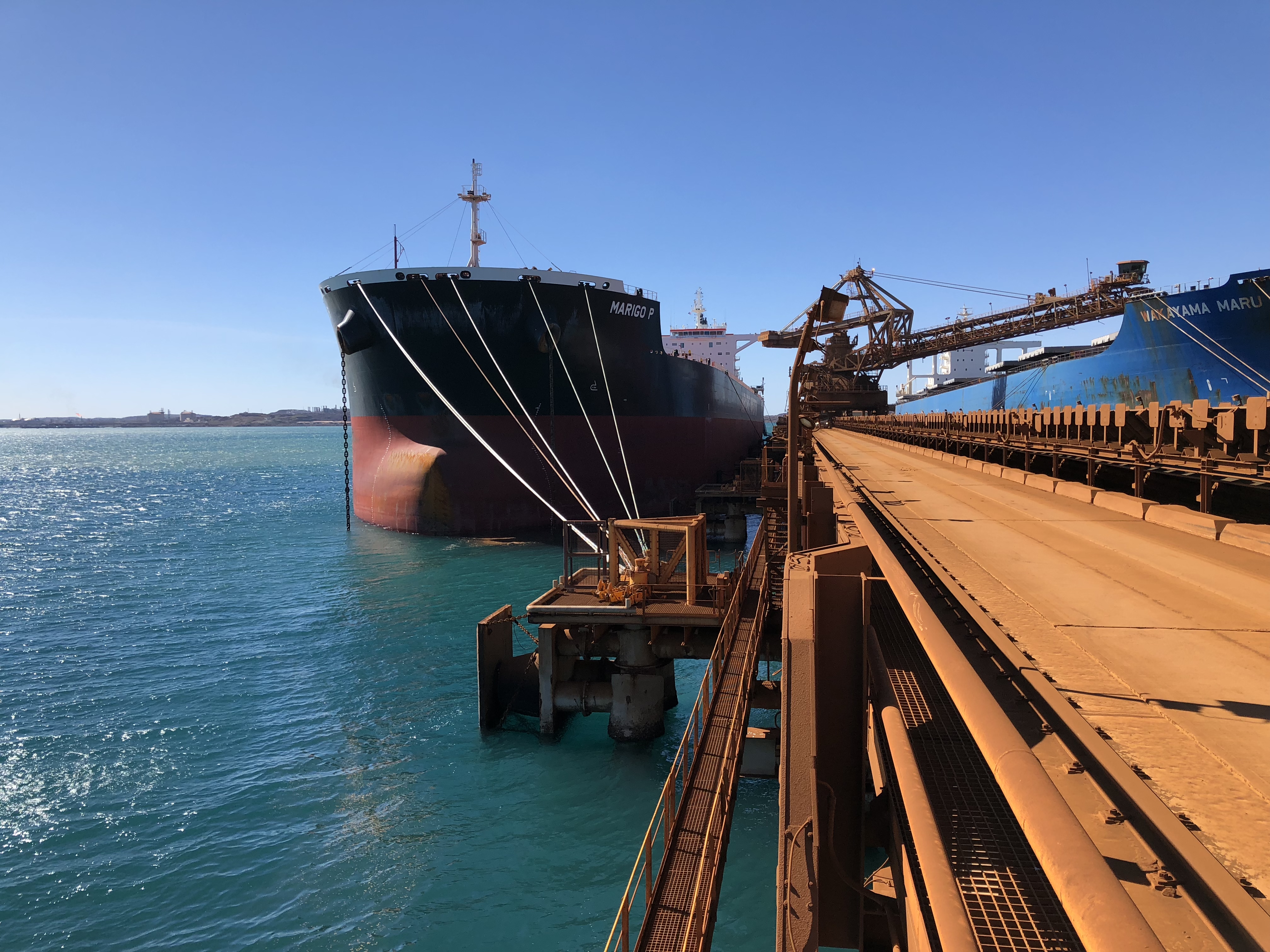Ensuring both ships and wharf structures are well-protected is a key priority in marine infrastructure. ASPEC brings years of expertise in designing marine fenders and mooring systems that stand up to modern demands, especially with larger vessels and more challenging conditions. This article offers a look at the factors that make these systems effective and durable, helping ports maintain safety and prevent costly damage.
Marine fendering systems are necessary to absorb the energy of the moving ship as it berths at the wharf and thus protects the supporting wharf structure from damage. Mooring systems hold the vessel securely at the berth. If a ship undergoes excessive movements on its mooring lines, the fenders are required to prevent damage to both the ship and the wharf. Damage to the fendering system and the supporting wharf can occur when they are overloaded due to excessive ship impacts caused by berthing accidents or when ships larger than the system design capacity berth at the wharf. They can also suffer damage due to vessels which undergo excessive movement on their mooring lines or due to direct mechanical damage caused by protrusions from the vessel’s hull. Modern fender units utilise sophisticated shapes and rubber compounds which enable the units to efficiently absorb relatively large amounts of energy. This is where modern fenders differ significantly from older fender designs.
